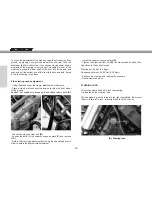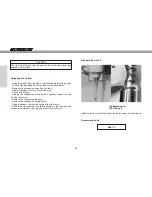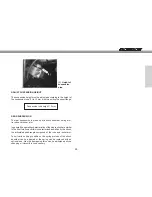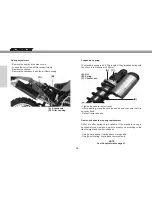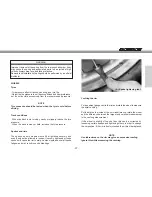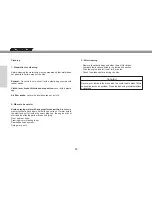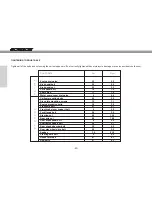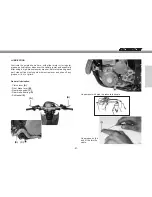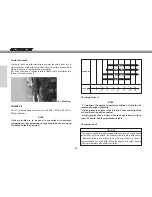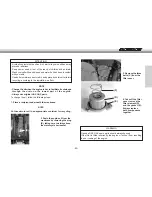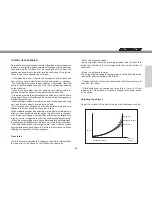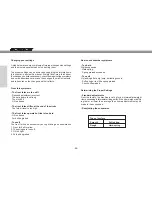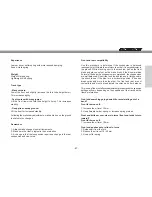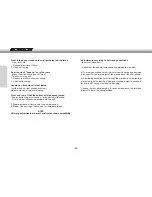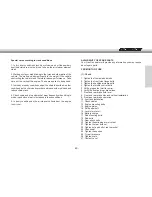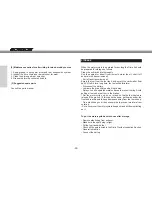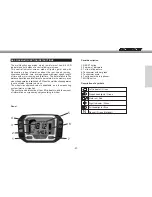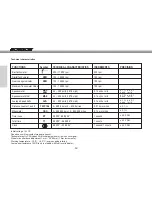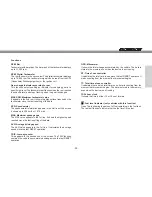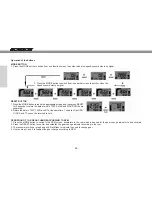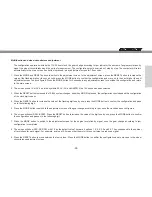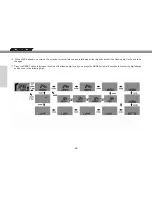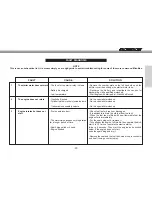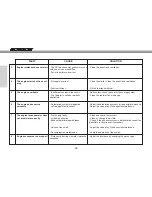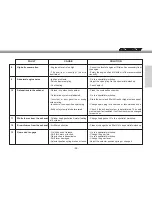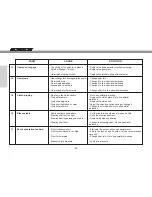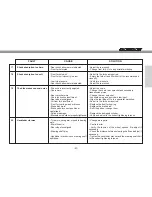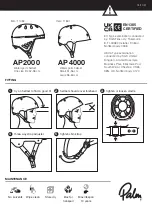
-
46
-
Changing poor settings
Listed below are some symptoms of improper suspension settings
and the most adequate means of correcting them.
The proper settings can be achieved by applying the information in
this chapter in a scientific manner. Simply take time a think about
the changes you believe necessary, check them against the symptoms
and cures described here, make the changes in small increments,
and take notes on the changes and their effects.
Front fork symptoms
- The front forks are too stiff
. Rebound adjustment incorrect.
. The springs are too strong.
. Too much oil.
. Oil too dense.
- The front forks stiffen at the end of the stroke
. The fork oil level is too high.
- The front forks operate but ride is too hard
. Oil too dense.
. Fork oil degraded
- Too soft
The front forks dive excessively during braking and deceleration
1. Front fork oil level low.
2. The springs are too soft.
3. Oil too light.
4. Fork oil degraded.
Rear shock absorber symptoms
- Too hard
Rigid suspension.
. Hard spring.
. Spring preload exceeded.
- Too soft
On landing after a big jump, bottoming occurs.
. Soft spring or too little spring preload.
. Shock oil degraded.
Determining the Proper Settings
- Standard adjustments
From the factory, the machine is set up for an intermediate-weight
rider possessing intermediate riding ability. If the rider weigh or ability
is greater or lower than average then some adjustments may be
made to the suspension.
- Readjusting the suspension
Type of surface
Smooth
Soft spring
Rough
Hard spring

